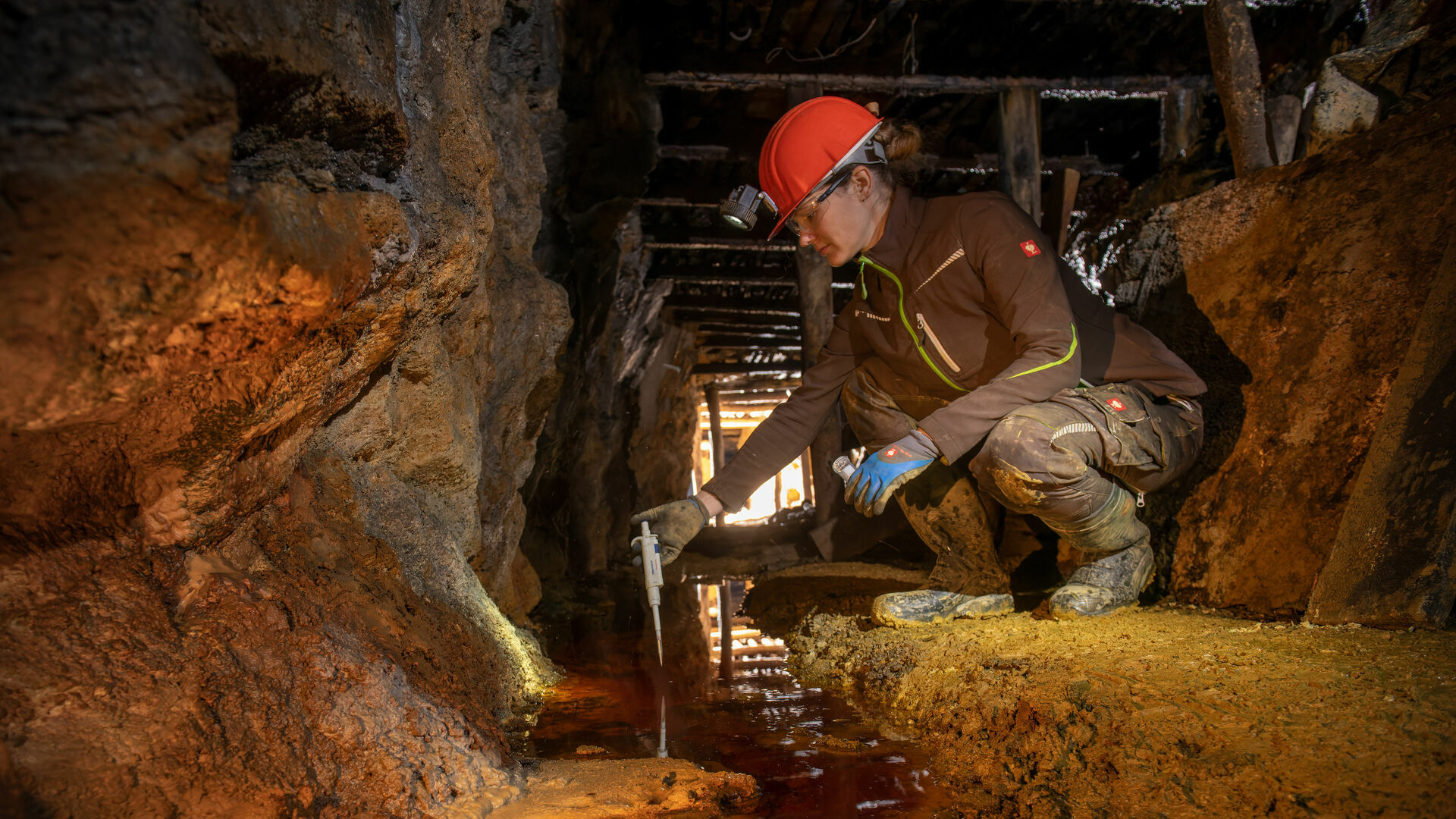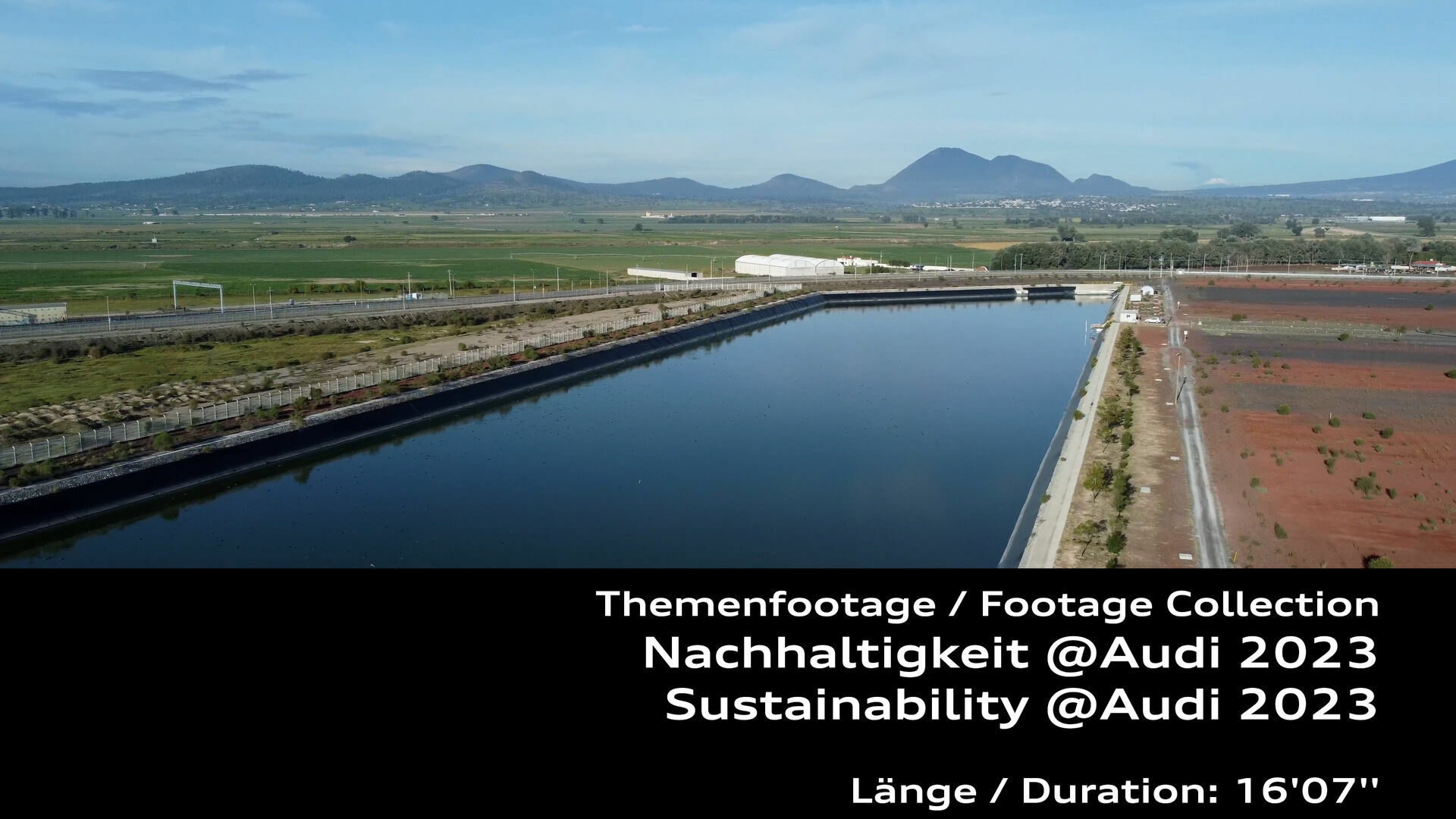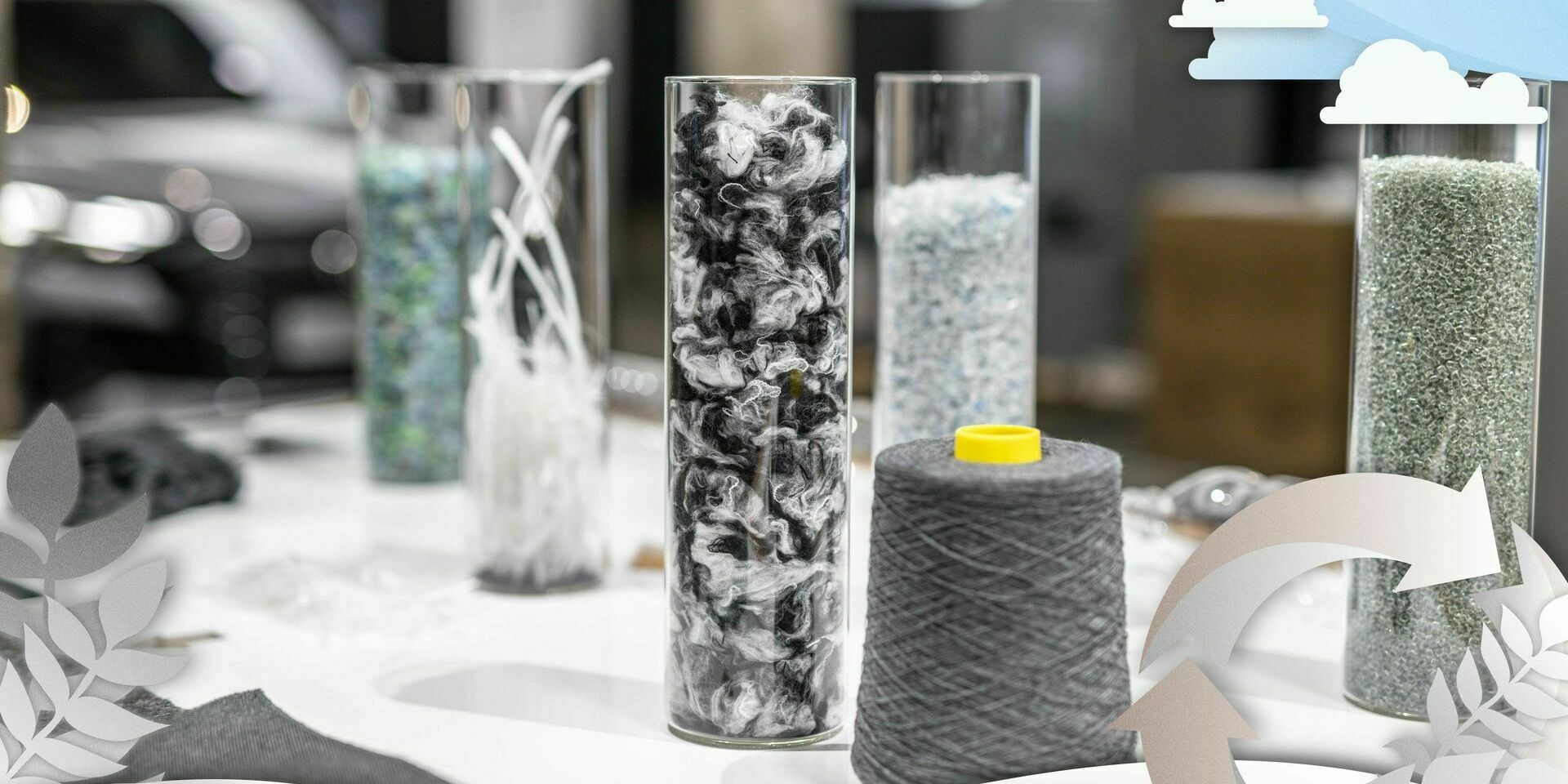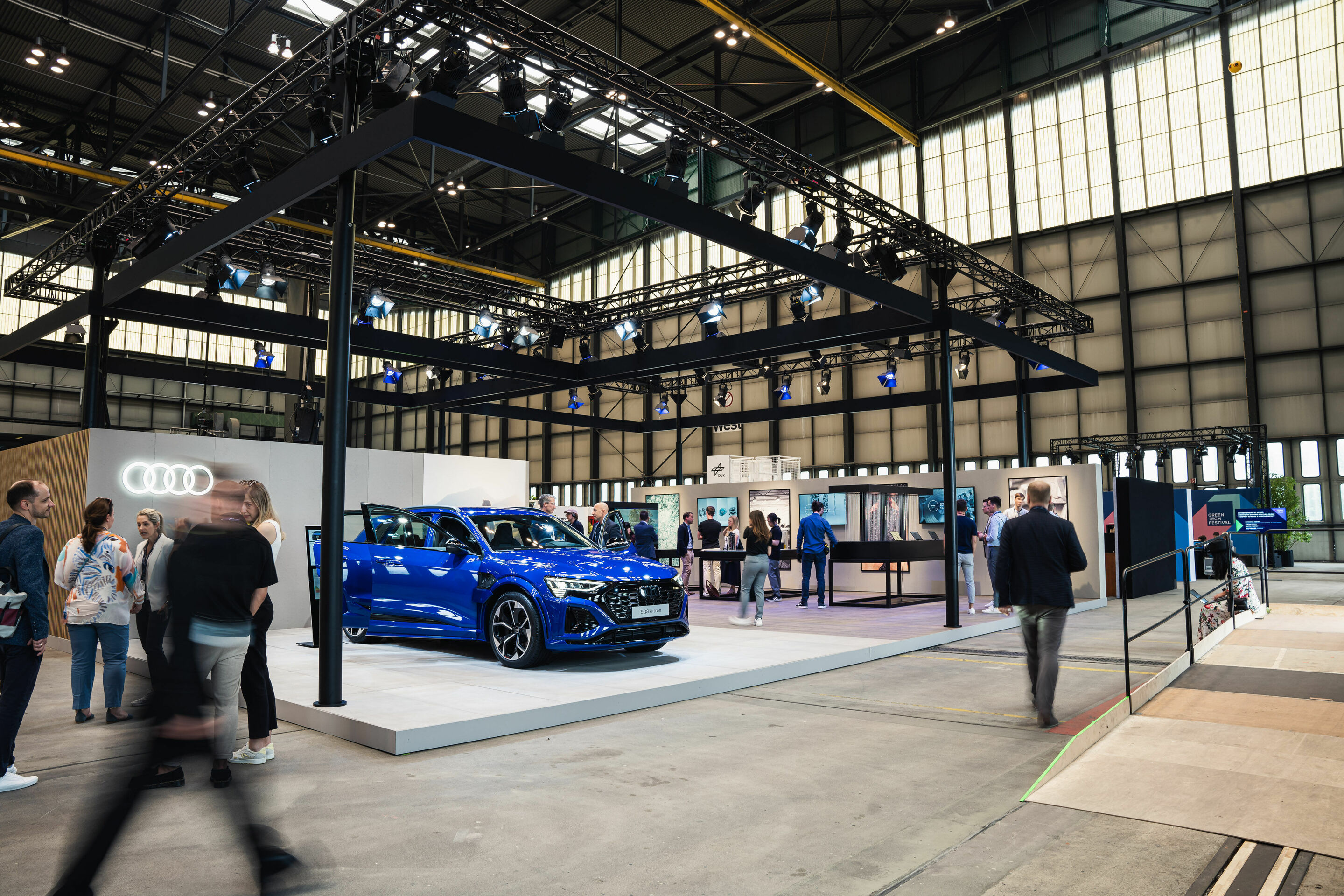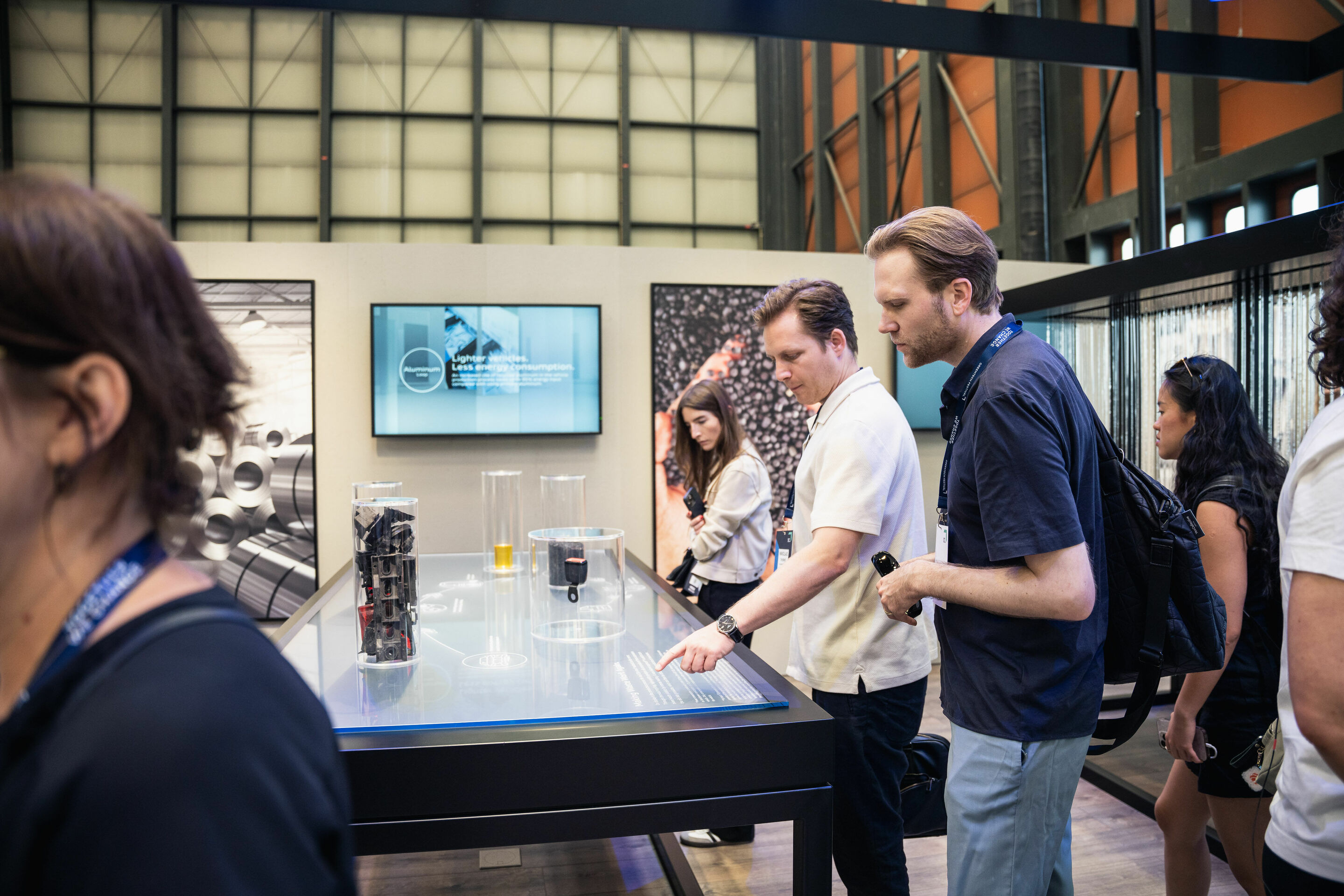Search
All search results for "Circular Economy "
(69)
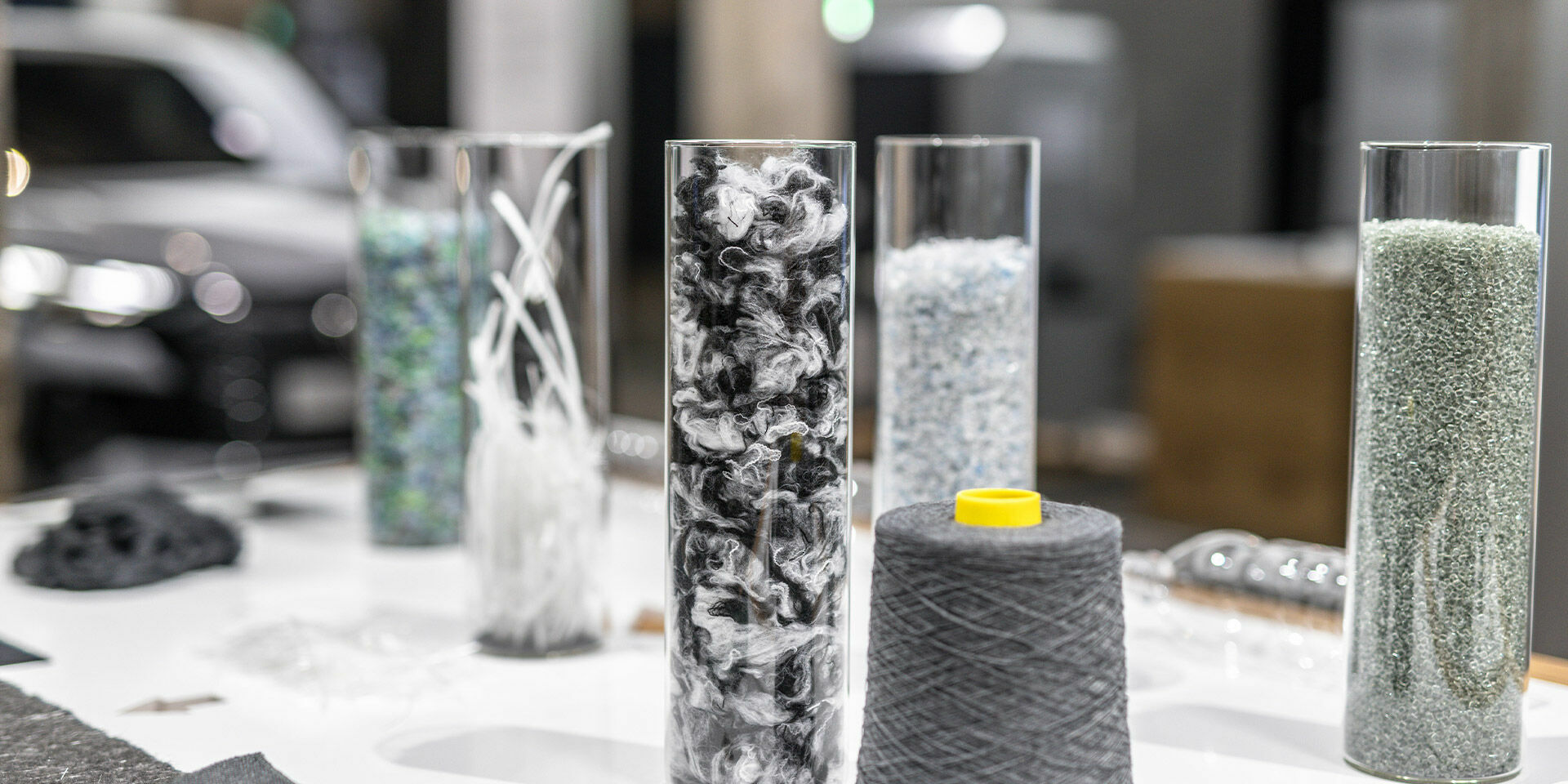 Circular economy
Circular economy
Circular economy: keeping materials in the cycle with no loss of quality
The circular economy is an alternative to linear economies, which primary rely on easily accessible primary raw materials and low-cost energy. In simple terms, the two concepts differ in their use of resources. In a linear economy, raw materials are processed once and disposed of after use. In contrast, a circular economy works by reprocessing raw materials multiple times in their original quality and reusing them again and again for the production of goods and commodities. Key steps in this approach include the maintenance, repair, refurbishment, and finally, recycling of parts and components. The circular economy is based on the idea that all parts can be used sustainably, especially if they are in operation for as long as possible and if they are used for their initial manufactured purpose without being downcycled. Among other benefits, the reuse of valuable resources can help reduce our dependency on critical primary raw materials. It can also reduce the carbon footprint when the processing of used materials results in lower emissions than the production of new primary materials. For all these reasons, Audi views the responsible use of raw materials as a central aspect of future-oriented automobile production. The aim is to develop and produce vehicles in a more resource-efficient and recycling-friendly manner, to keep them in use for as long as possible, and to recycle them to the best possible extent at the end of life. After a vehicle’s utilization phase, its materials are returned to the value chain, capturing more key resources in ‘closed cycles’ where they remain in use and decrease the need for new materials. In this endeavor, Audi follows a holistic concept based on the principles of reduce, reuse, and recycle.
Reduce: fewer primary materials, longer utilization phase
The reduce principle encompasses measures during the production process and the downstream utilization phase.
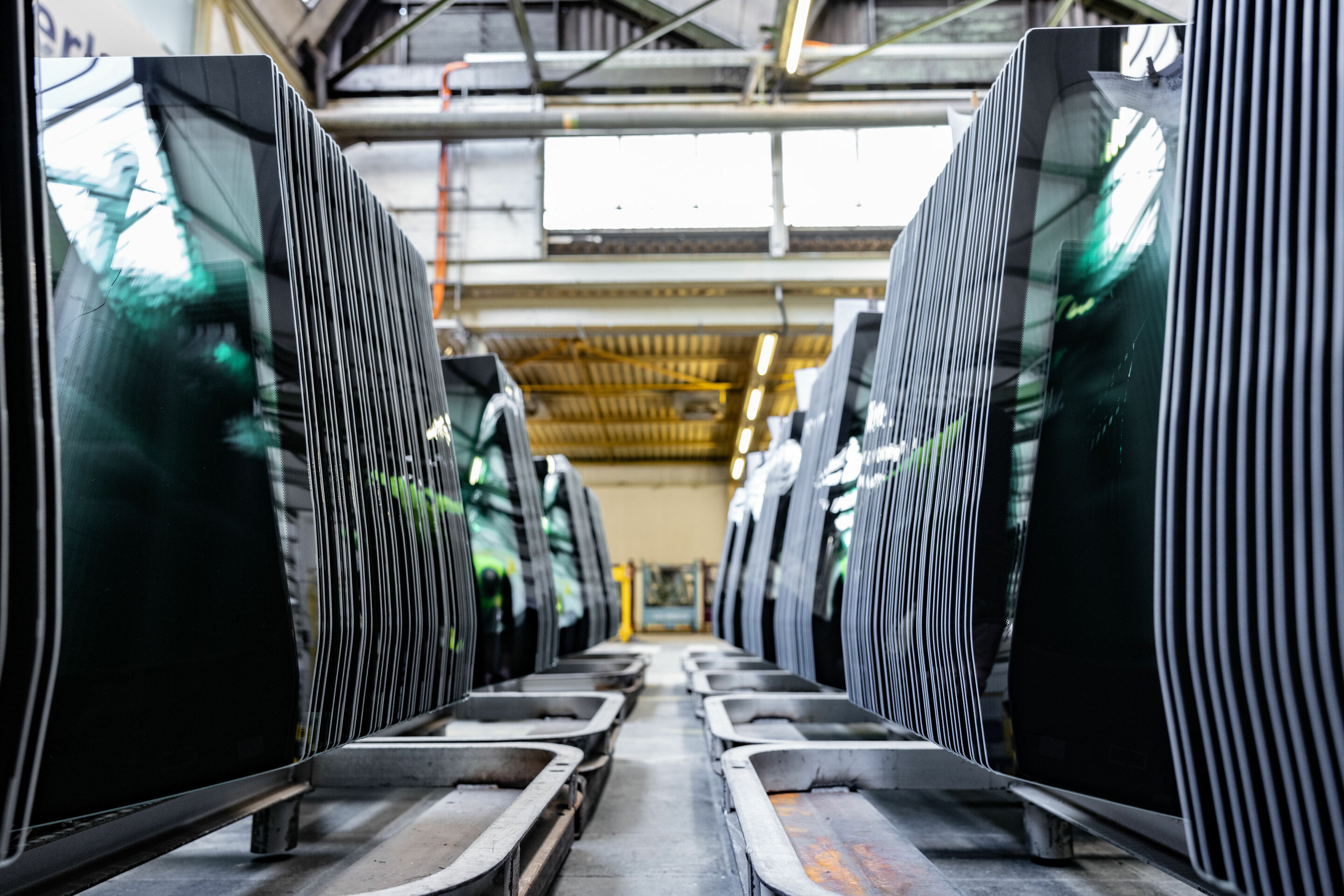 Profile of location
Profile of location
The project is part of Audi's circular economy strategy. Audi has set itself the goal of increasingly using secondary materials, especially from post-consumer sources, to save resources, energy, and CO2 - precisely where it is technically feasible, ecologically sensible, and economically viable. 1Audi saved more than 480,000 metric tons of CO₂ equivalents (CO2e) in its supply chain in 2021. CO2e is a unit of measurement for standardizing the climate impact of various greenhouse gases. Here, greenhouse gas emissions are converted into CO₂ equivalents and summed up. The described emissions savings in the Audi supply chain in 2021 resulted, among other things, from using green electricity in HV battery cell production as well as closing the material cycle for aluminum and subsequent reuse of this metal. The emissions savings in the Audi supply chain in 2021 would not have been possible without these measures.
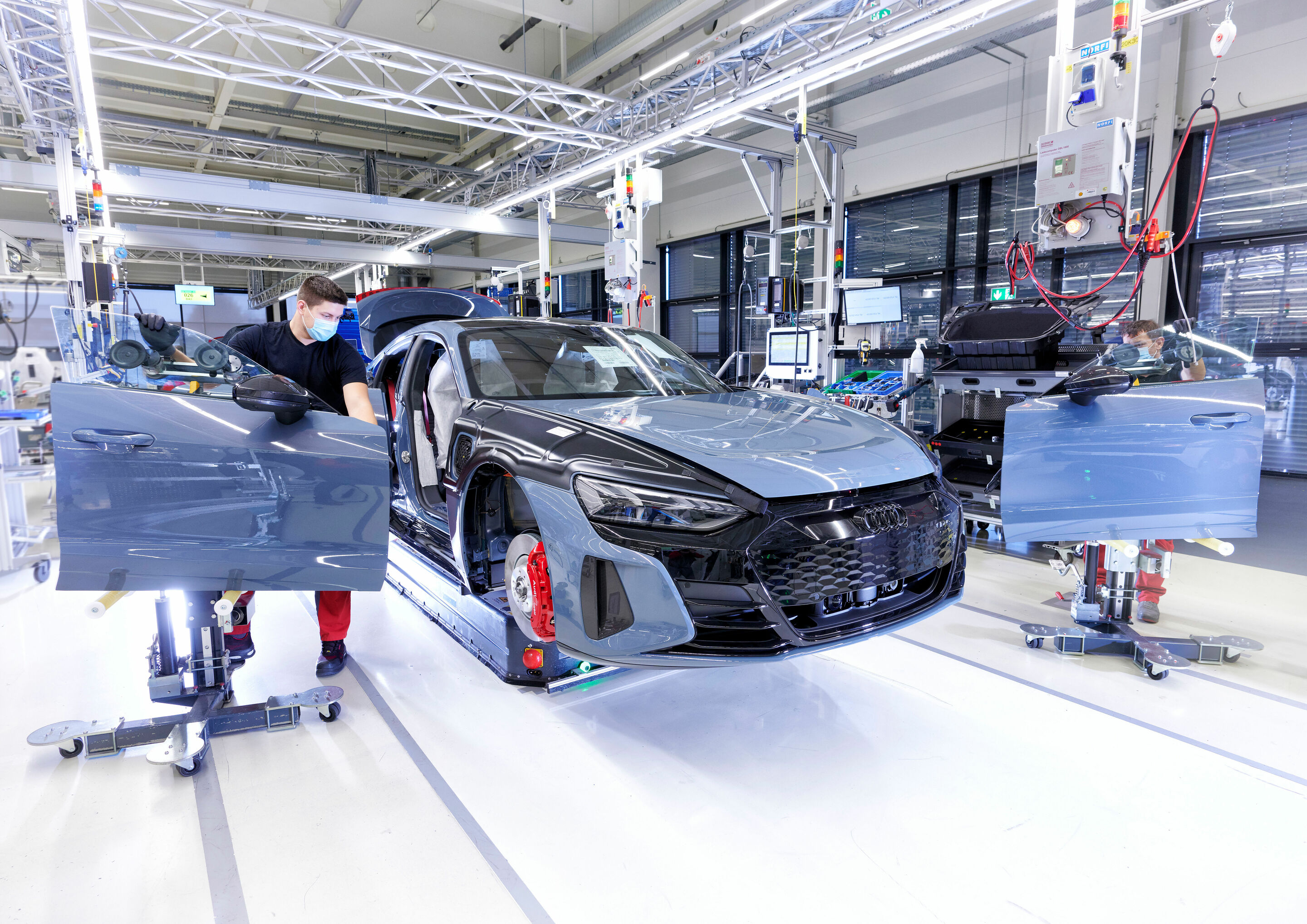 Supply chain
Supply chain
People, the environment, innovations
Audi pursues the goal of a more sustainable economy and bases corporate success on compliance and values such as integrity. The company focuses on three fields of action in its supply chain: people, the environment, and innovations. Since the beginning of 2023, Daniel Patnaik has coordinated and monitored compliance with human rights within the Audi Group and across the supply chain as Human Rights Officer. “We seek to have a positive impact through our business activities and to help improve compliance with human rights globally. We are facing the associated challenges and looking to seize the opportunities along the way,” said Patnaik. “One thing is clear: Wherever people work, not only do they create value, but there are also risks that result in mistakes and violations. Respecting and ensuring human rights in a large company like Audi will never be a done deal; it requires continuous effort.” Audi develops environmental standards, consistently advocates for better working conditions – for example, when dealing with critical raw materials – and is increasingly integrating new technologies to continuously improve traceability in the supply chain and proactively promote the cooperation of its suppliers. A sustainability initiative, Act4Impact, also provides a toolbox to enable cooperation in the supply chain. With it, Audi is building a network of suppliers to work together on solutions for a more sustainable supply chain. The Act4Impact Playbook provides comprehensive information on the initiative’s principles and measures and numerous suggestions for its suppliers’ implementation. The program seeks to develop a common understanding, promote ongoing learning, and provide an opportunity for ideas and cooperation to stimulate and kick-start change. The Volkswagen Group’s Responsible Supply Chain (ReSC) system ensures human rights and environmental due diligence in procurement activities, including Audi or subsidiaries.
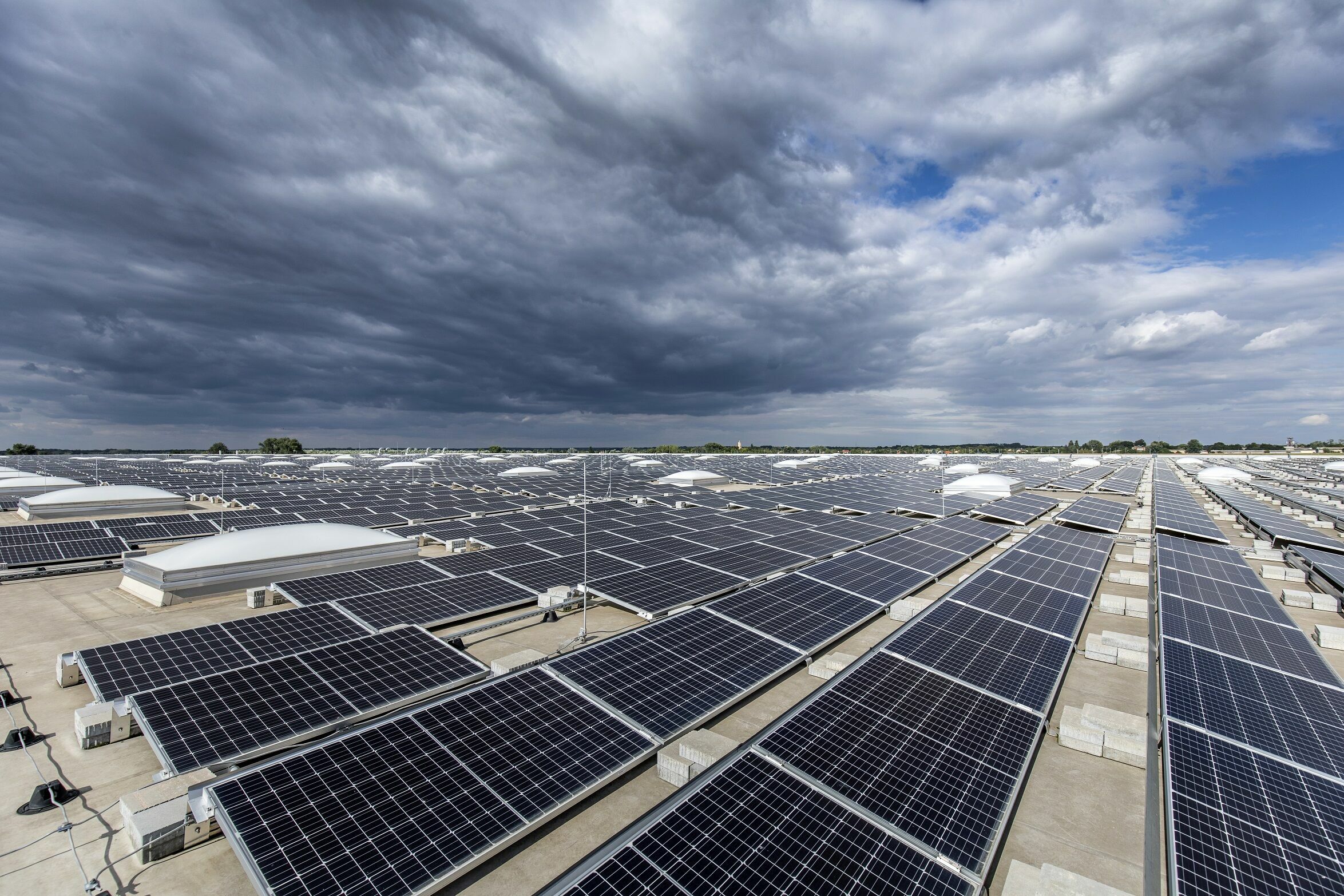 Mission:Zero
Mission:Zero
Thinking ahead: from decarbonization to circular production
Audi set the goal to achieve net carbonneutrality1 by 2050 at the latest. The brand with the four rings has already implemented various measures along the entire value chain to support this goal. All Audi production sites worldwide have had net carbon-neutral operations since 2025. Audi uses the term “360factory” to describe its comprehensive strategy for developing a future-oriented and sustainable production network. Audi's environmental program, Mission:Zero, is a crucial element of the strategy. Audi is using it to consolidate all measures to reduce its ecological footprint in production and logistics. The program goes beyond decarbonization and addresses also the key areas of activity: sustainable water use, resource efficiency, and protecting and preserving biodiversity. The company’s vision is to establish circular production where resources such as plastics, water, and other raw materials are in closed cycles. Since the beginning of 2025, all Audi production sites worldwide have been manufacturing under net carbon-neutral conditions. The former Audi production site in Brussels made the start in 2018, with Audi Hungaria and the Böllinger Höfe sports car production facility following suit in 2020. The main Audi plant in Ingolstadt reached this important milestone at the beginning of 2024. The final steps necessary to achieve net carbon-neutral production at all Audi sites globally were then taken in Neckarsulm and San José Chiapa (Mexico). In the important Chinese market, Audi and its Chinese partner FAW started production of fully electric models at a newly built plant in Changchun at the end of 2024. The plant will be the first site for Audi models in China to aim for net carbon-neutral production. The Audi environmental program Mission:Zero also provides the framework for holistic sustainable production at that location.
 Combined Annual and Sustainability Report 2024
Combined Annual and Sustainability Report 2024
Top 4 online topics Recycling: Audi is increasingly relying on the circular economy in the early development phase audi.com Road safety: A visit to the Audi experts for active safety functions audi.com Sustainable mobility: Felix Neureuther and Rüdiger Recknagel in interview audi.com Audi Genuine Exchange Parts: Recycling parts with the aid of industrial remanufacturing audi.com ESG Appendix 61 Materiality analysis 15 topics show what is important to Audi and its stakeholders and what impact the company has on the environment and society 66 Environmental Decarbonization, circular economy, reduction in environmental pollution: how Audi is tackling material environmental issues 108 Social How does Audi meet its responsibility in the supply chain, what defines its corporate culture and what priority does vehicle safety have?
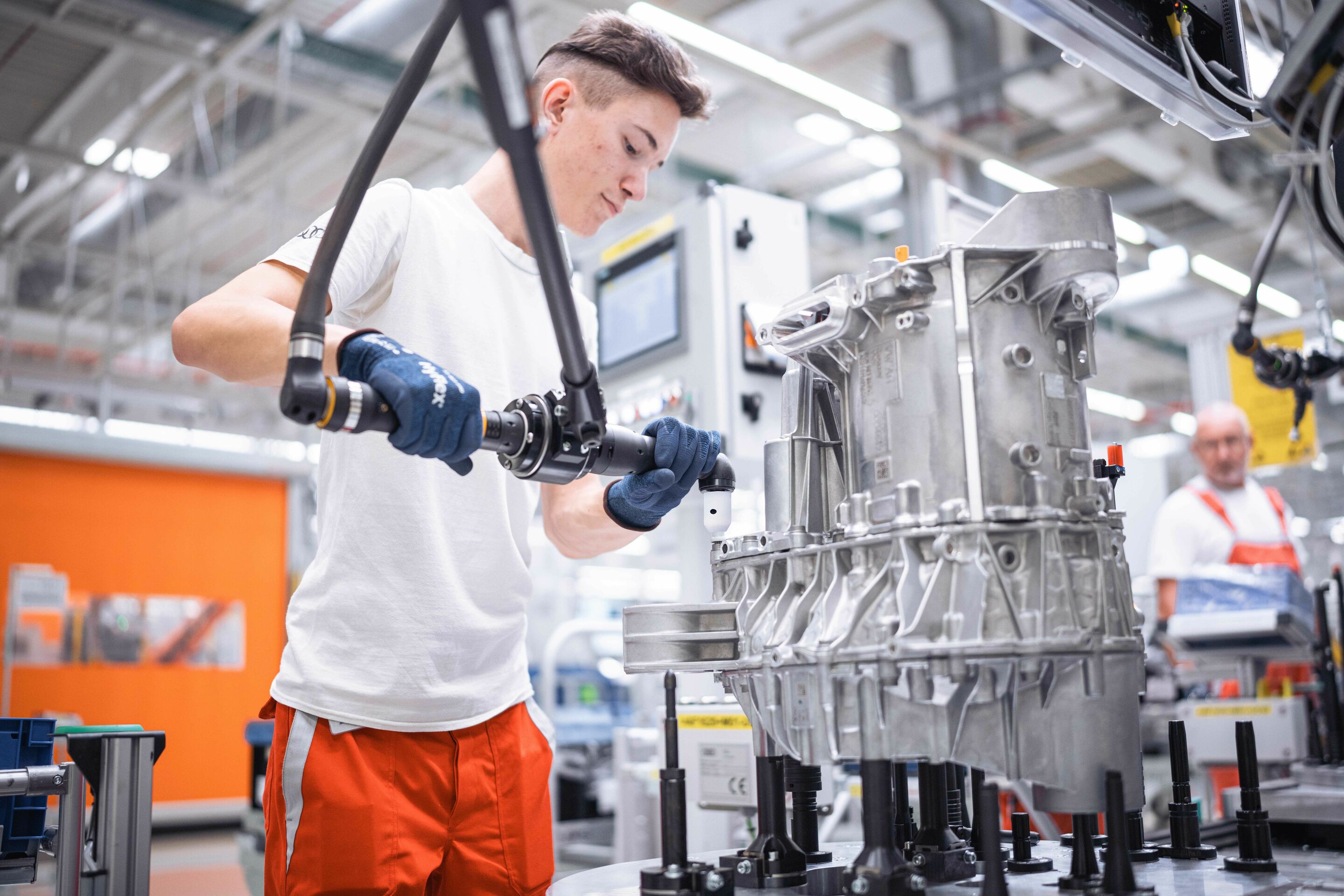
Production processes provide a view to a circular economy To produce the steel required for all variants of the outer roof section, Audi uses steel scrap, some of which comes from end-of-life vehicles previously in use by customers. Its proportion of steel production averages up to 15 percent (mass balance approach based on currently planned production figures). The roof section is a good example of how Audi intends to use more post-consumer secondary materials in its products in the future. At the same time, this process provides an outlook for the circular economy at Audi. In this way, the four Rings reduce downcycling, i.e., the loss of the quality of materials in the recycling process, in the best possible way. Audi's vision is to reuse as many materials as possible, for example, from end-of-life vehicles, for the production of new vehicles. Maintaining materials’ high quality for as long as possible is a key objective of Audi's strategy. Audi also sets specific CO2 targets for the identified hotspot materials and components from its suppliers. Reducing CO2 emissions in the supply chain will, therefore, become a central goal of future Audi vehicle projects. For example, the suppliers of battery cells for the vehicle projects based on the new PPE have committed to using green electricity in production. In addition, suppliers are using CO2-reduced aluminum for selected aluminum components, for example in the body. Integration of the production steps The Q6 e-tron family is the first fully electric high-volume model series that Audi is producing at its headquarters in Ingolstadt. In line with the 360factory production strategy, the company is focusing on integrating the individual production steps in body construction and assembly into existing structures and processes. Five-hundred new colleagues have been hired at the Ingolstadt production facility.
 Social Responsibility at Audi
Social Responsibility at Audi
As part of its CSR strategy, Audi focuses on three strategic topics: “Electric Mobility & Digitalization”, “Circular Economy & Resources”, and “Green Energy & Infrastructure”. The company deliberately chose these areas to leverage its technologies, experience, infrastructure, and knowledge to achieve social progress. They also provide an opportunity for the company to learn from its project partners, creating a positive feedback loop in its business operations. The goal is to build long-term partnerships and networks. Audi strives to create a broad knowledge base and empower people beyond the company’s boundaries. As part of its commitment to global impact, Audi places particular emphasis on social start-ups and scientific partnerships. These include student projects, public funding projects, final paper projects, the Audi PhD program, social sponsoring, social entrepreneurship, educational programs, and membership in sustainability initiatives. Audi places a regional focus on the Global South in all these efforts. Audi also aims to assume responsibility through social engagement in its international supply chain. Since 2003, Audi, alongside the Stifterverband für die Deutsche Wissenschaft, has supported endowed professorships for regular terms of five or six years, intending to make them permanent after that. Currently, one professorship is in procurement at the University of the Bundeswehr Munich, and one is on AI methods in production at TH Ingolstadt. Audi also works with many German and international universities to help shape progress in research and education.
The Audi Environmental Foundation
The Audi Environmental Foundation was founded in 2009 by AUDI AG as a wholly-owned subsidiary. The foundation is part of the company’s work supporting social and environmental causes.
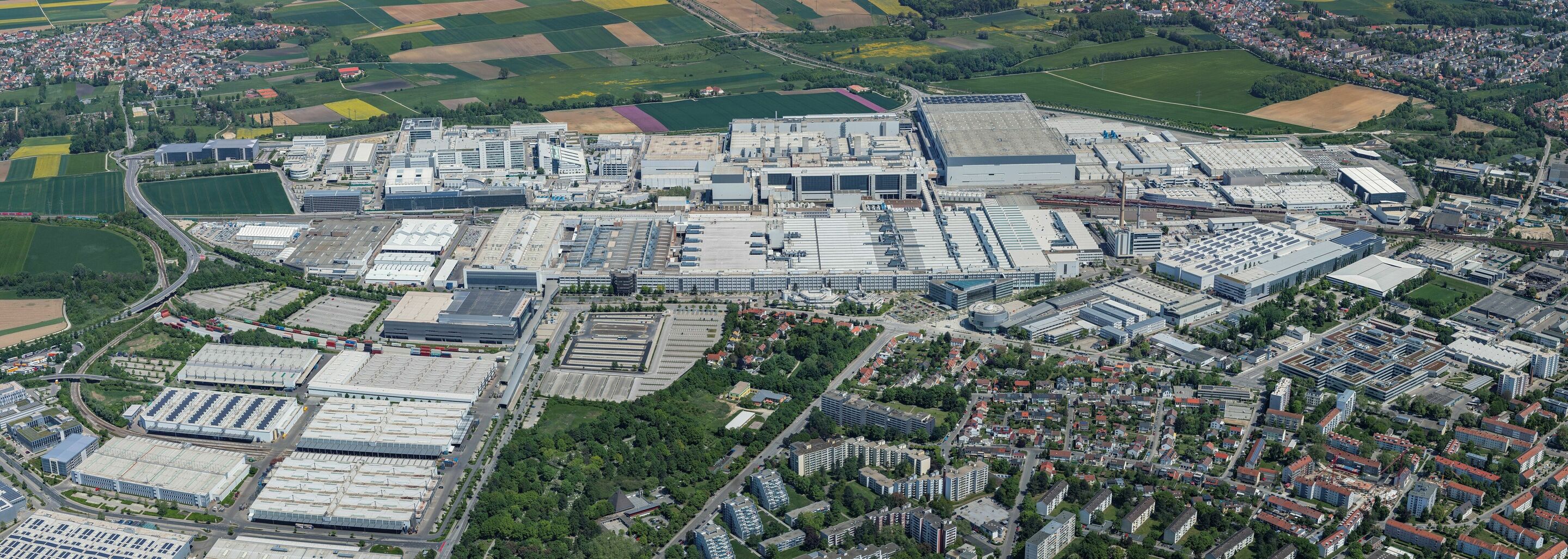 Audi Ingolstadt: net carbon neutral production since January 2024
Audi Ingolstadt: net carbon neutral production since January 2024
Audi’s vision is to create a circular economy where resources such as plastics, water, and other raw materials are used in closed cycles. In Ingolstadt, for example, the company has been operating a process water supply center with a membrane bioreactor since 2019 to use water more efficiently. This year, Audi became the first premium car manufacturer to join the Alliance for Water Stewardship (AWS). Audi plans to halve the ecologically weighted water consumption at its production sites worldwide by 2035. The plant in San José Chiapa, Mexico, which has been building cars without producing any wastewater since 2018, stands as a role model for the responsible use of water resources. Finally, as a member of the “Biodiversity in Good Company” initiative, the brand with the four rings is also committed to protecting biodiversity at all its sites. The open spaces at the external site in Münchsmünster, which are designed to remain close to their natural form, are among the company’s largest measures in this area. On some 17 hectares of the site, a habitat has been created for numerous animal and plant species. The 360factory and sustainable land use Audi is also focusing on sustainability in the further development of its sites: Audi Production is using the transition to e-mobility to comprehensively transform its global production network and has a clear vision for the production of the future with the 360factory. As part of this holistic, sustainable approach, Audi is modernizing, digitalizing, and transforming its existing plants for the future. With the 360factory, Audi can achieve even greater flexibility and efficiency in production without sealing additional areas for new buildings. When it comes to sustainable land use, Audi is going one step further by revitalizing a former industrial site. The incampus in the south of Ingolstadt is also integrated into the company’s sustainability activities as a branch of the main plant.
